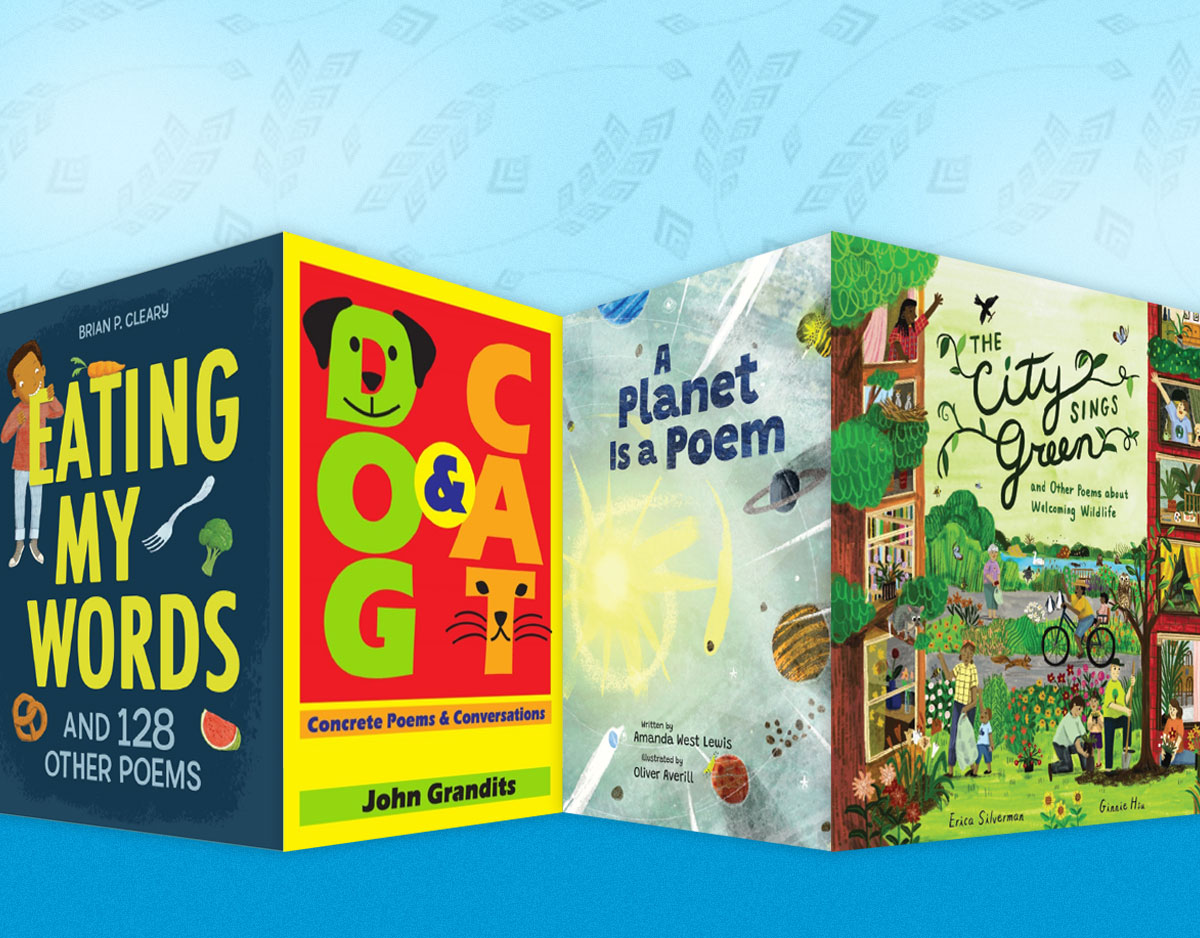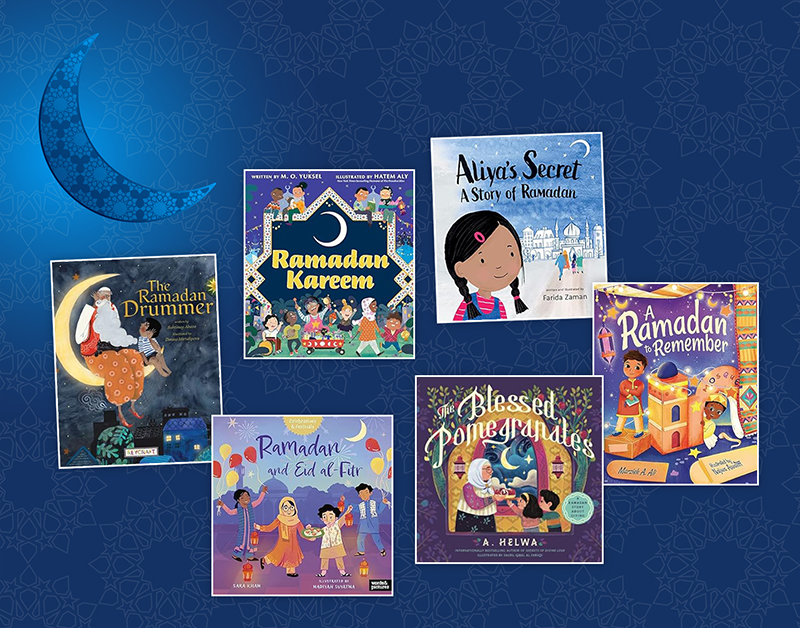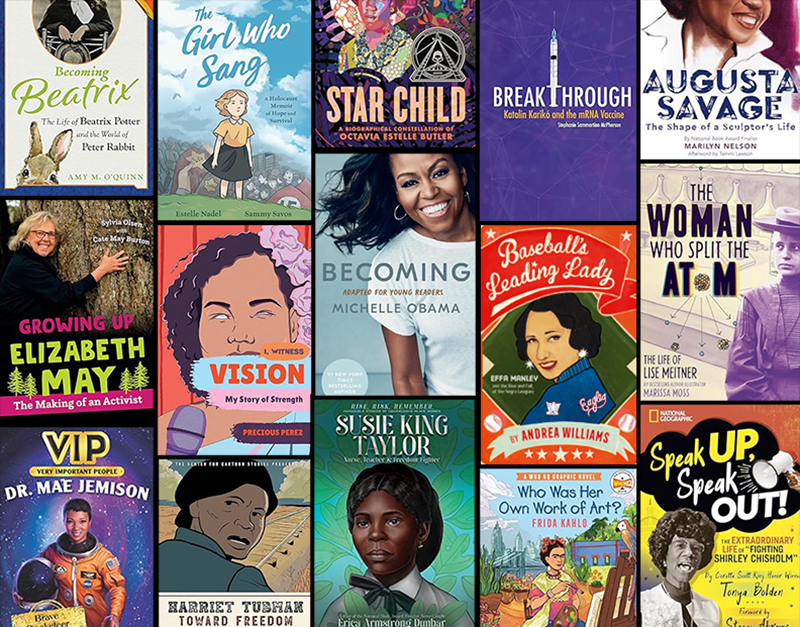Even Sendaks Make Mistakes: When Your Hero's Book Just Doesn't Work for You
Can you keep a secret? An awful, terrible secret that could get me officially disbarred from all future children’s literature events from now until the end of time? This is just between the two of us, right? No one else is listening in and you won’t tell a soul. Okay. Here goes.
I don’t think everything Maurice Sendak did was brilliant.
There! I said it! It’s out in the open now. No shoving it back into Pandora’s box or anything. Phew! You know, it feels pretty good to say out loud after all these years. I feel like a barber whispering into a hole about Midas’s ears, or something. Now go hold my hat while I climb up on this soapbox over here.
As you’ve probably guessed, my impetus for saying this has much to do with the latest Maurice Sendak book they just released. Keep in mind that the man is dead as a doornail, but that minor detail has never stopped any publisher for long. Consider, if you will, other posthumous books from the masters. There’s Margaret Wise Brown’s trunk of never ending picture book manuscripts they found in a barn. I truly believe she’ll be publishing original works long after all of us are dead and gone. Shel Silverstein sort of typified the dead manuscript genre, as perfectly referenced in the College Humor piece I Think They’re Running Out of Material for New Shel Silverstein Books:

And yes, Dr. Seuss may never stop producing either. If I were Eric Carle right now I’d be seriously considering painting time-release collages that will fade the moment I pass to the other side.
But back to Sendak. Though he died in 2012, so far he’s managed to publish My Brother’s Book (a Blake-infused adult title) and this year’s Presto and Zesto in Limboland. It’s already garnered stars from Publishers Weekly and Booklist, which indicate that this is “a joy”, “an unexpected gift”, and, as SLJ would say, “what’s not to like?”
 Not that everyone agrees on that point. Horn Book isn’t scathing about it but did say that, “It’s a very pretty volume, though, perhaps best viewed as a souvenir of these longtime friends and artistic collaborators.” The friends in this case are Maurice Sendak and his not-so-dead collaborator Arthur Yorinks. Yorinks was with Sendak for many years, and in an Author’s Note he explains at length how this story came about. Apparently the art was originally created to be projected for a performance of Janácek’s nursery rhyme suite Ríkadla, but got appropriated when it was found in a drawer (darn drawers) and turned into a book. Out of all the professional reviewers, only Kirkus is willing to say that the book might not be brilliance synthesized. Say they: “Reading more like a private joke (and a rather mean-spirited one at that) than a story, this posthumous effort may please scholars but is likely to disappoint readers hoping for a new Sendak on par with his earlier works.”
Not that everyone agrees on that point. Horn Book isn’t scathing about it but did say that, “It’s a very pretty volume, though, perhaps best viewed as a souvenir of these longtime friends and artistic collaborators.” The friends in this case are Maurice Sendak and his not-so-dead collaborator Arthur Yorinks. Yorinks was with Sendak for many years, and in an Author’s Note he explains at length how this story came about. Apparently the art was originally created to be projected for a performance of Janácek’s nursery rhyme suite Ríkadla, but got appropriated when it was found in a drawer (darn drawers) and turned into a book. Out of all the professional reviewers, only Kirkus is willing to say that the book might not be brilliance synthesized. Say they: “Reading more like a private joke (and a rather mean-spirited one at that) than a story, this posthumous effort may please scholars but is likely to disappoint readers hoping for a new Sendak on par with his earlier works.”
And here we get down to it. The fact of the matter, folks, is that as Mr. Sendak aged his books got published more because of who he was than because they were . . . well . . . any good. Perhaps I’m bitter, but I still feel the sting of disappointment that came over me when I viewed Bumble-Ardy for the first time. Do you remember Bumble-Ardy? I can guarantee you it’s not heavy in the picture book rotation you read to your kids or anything. That book was based on an old Sesame Street short of the same name. The short, by the way, was charming. Imagine, if you will, Jim Henson giving voice to an animated Maurice Sendak creation. Aw, heck. Why imagine? Just watch it here.
That little charmer was then turned into this grotesquerie:

At the time I just thought I didn’t get it. Now I think I got it. There just wasn’t much there to get.
Not a single professional review disliked that book, by the way. They all considered it without flaw. Debbie Reese, however, did note that, as he did in Alligators All Around (which is being republished by Harper Collins in a new paperback edition this year), Sendak really liked showing people “playing Indian”. But hers was the sole problem I’ve ever seen anyone have to that book. It was completely bonkers, therefore it had to be highly intelligent. Right? Ladies and gents, I didn’t say it at the time but I’ll say it now; That book was a vanity project, pure and simple. Perfectly fine for adults. Perfectly useless for kids.
 None of this is to say that he didn’t come out with a couple good things in his later years. His collaboration with Tony Kushner on Brundibar was pretty interesting and lovely to read. And his prior collaboration with Arthur Yorinks on Mommy! remains one of my favorite pop-up books to this day, and a true return to form. Plus, kids LOVE that book! But there is definitely a kind of fear that surrounds any late-Sendak title that gets published. A fear that if you don’t praise it to the heavens, you will be viewed as a humorless plebe, incapable of understanding how Sendak was working on a higher plane of creativity than the rest of us. Additionally, there’s the honest-to-goodness affection people have for him. When a new Sendak is released, we see his illustrations and are overwhelmed by the sense of goodwill and love for the way he drew. We miss him. We wish we had more of him. And then we do and it’s . . . meh.
None of this is to say that he didn’t come out with a couple good things in his later years. His collaboration with Tony Kushner on Brundibar was pretty interesting and lovely to read. And his prior collaboration with Arthur Yorinks on Mommy! remains one of my favorite pop-up books to this day, and a true return to form. Plus, kids LOVE that book! But there is definitely a kind of fear that surrounds any late-Sendak title that gets published. A fear that if you don’t praise it to the heavens, you will be viewed as a humorless plebe, incapable of understanding how Sendak was working on a higher plane of creativity than the rest of us. Additionally, there’s the honest-to-goodness affection people have for him. When a new Sendak is released, we see his illustrations and are overwhelmed by the sense of goodwill and love for the way he drew. We miss him. We wish we had more of him. And then we do and it’s . . . meh.
Obviously folks will disagree with me on this point, but I think there’s a danger involved when you place any artist, even the great Sendak, on a pedestal. He made a lot of wonderful books, and a couple crummy ones. Everyone does. No one knocks it out of the park every time. And you might think that both Bumble-Ardy and Presto and Zesto are the bee’s knees. That’s totally your right! But for those of you that aren’t all that into them, that’s okay too. We’re all entitled to our own opinions.
Even when they involve Maurice Sendak.
Filed under: Uncategorized
About Betsy Bird
Betsy Bird is currently the Collection Development Manager of the Evanston Public Library system and a former Materials Specialist for New York Public Library. She has served on Newbery, written for Horn Book, and has done other lovely little things that she'd love to tell you about but that she's sure you'd find more interesting to hear of in person. Her opinions are her own and do not reflect those of EPL, SLJ, or any of the other acronyms you might be able to name. Follow her on Twitter: @fuseeight.
ADVERTISEMENT
ADVERTISEMENT
SLJ Blog Network
One Star Review, Guess Who? (#202)
More Geronimo Stilton Graphic Novels Coming from Papercutz | News
Parsing Religion in Public Schools
Environmental Mystery for Middle Grade Readers, a guest post by Rae Chalmers
ADVERTISEMENT







I have to admit…I’ve never been a huge fan of Sendak. Nothing against his works…they just aren’t my thing. BUT…I do have to admit that I love putting “Mommy” out on my annual Halloween display!
I fail to see Sendak’s “mistakes” here. Was it not better crafting these books for a child audience, when he never intended any of his works to be for children, and one was never meant to have an audience at all? Sendak wrote and illustrated Bumble-Ardy to keep himself sane while his husband was dying of AIDS. Presto was a project for fun between two friends. They don’t have the child appeal of Where the Wild Things Are, but they weren’t meant to. I think it’s a genuine mistake to treat children’s authors and illustrators as machines meant to generate content for kids rather than complex human beings and artists.
I’d agree with you that treating creators as child-pleasing book factories is the wrong attitude. I also believe that at their best, children’s book creators do both. They create complex, human stories with depth and beauty and also appeal to kids. I’m not saying Sendak’s books didn’t work for adults just fine. They just weren’t his best works, particularly when you compare them to those titles of his that managed to straddle both the world of children and adults with massive skill.
Why do you think “at their best, children’s book creators do both?” Sendak was an artist whose work was often published and marketed as literature for children, with varying degrees of success at that marketing angle. He was not a “children’s book creator.” Not by his own estimation, and not in a perspective that considers him as a full person.
Aha! The meat of the matter itself! Sendak was an artist first and a children’s book creator second. But in creating books for children, which ones were the most successful (and the definition of “success” is right there a matter of debate itself)? Your point is that he had no intention of limiting himself merely to children. My perspective is that like it or not, that is where he excelled but only when he straddled both worlds. Brundibar, for example, works on so many different levels that it stands as one of his best. But one of those levels was for children (which is did well), and that is why it stands apart from the pack.
My suspicion is that we’re not going to see eye-to-eye on this one since at its core I truly do believe that his best books were the ones kids enjoyed.
We probably won’t, and since you are someone with a wide audience, I wish your perspective were less dismissive of Sendak as a whole person. I agree that he excelled at creating books for children, but artists are not obligated to create only in areas where they excel. Sendak is a terrific example of an artist who used his process to cope with a traumatic, difficult life, marked by oppression. Some of his books were grotesque. As you know, Sendak had relatives murdered in the Holocaust, and lived as a gay man through decades where it was considered unacceptable, a mental illness, deviant behavior. He got grotesque. Sometimes he shared it with us. We miss out on the full range of experience available to us in art when we state that an artist can only excel when they “straddle[…] both worlds.”
I honestly don’t see where Elizabeth is dismissive of Sendak as a person. She’s not saying that since some of us find his later works to be lacking we should throw out his whole catalog.
But I think it’s a common problem of FAMOUS AUTHORS that as they get more and more famous, their editors/publishers exert less influence on the work. But even strong authors need strong editors. And if the publisher thinks they have a guaranteed best-seller, they’re going to publish even if the book still needs more work. But to me this isn’t the the author’s fault — it’s the publisher’s.
Don’t dismiss drawers, BB. Where would we be if Emily Dickinson;’s sister Lavinia had burned all the poems in her sister’s chest of drawers.? If her sister-in-law hadn’t unpacked saved letters with poems in them? We’d be left with seven published poems most of which were forgettable little dainty flowers nodding in the breeze lady poems.
My children will have 60 years of files to unpack. Sure there’s a lot of dross there. But might be gold!
Jane Yolen
That is a very good case for drawers, I must admit.
And now I am going to do one of my favorite activities, which is trying to say the word “drawer” clearly. It cannot be done but it’s fun to watch someone try.